How to Train a Horse for Show Jumping
A trained show jumping horse can leap five to seven feet high, while average horses manage only three feet. The world record stands at an impressive eight feet and 1.25 inches, according to the highest recorded jump!
Show jumping appeals to many riders who seek competitive thrills or want to learn safe jumping techniques. The sport has grown substantially from its humble beginnings in the English countryside. Today, it ranks among just three equestrian sports featured in the Olympics.
Successful jumping involves more than clearing fences. Riders must perfect a five-step sequence: fence approach, takeoff, air time management, landing, and obstacle departure. These steps might overwhelm newcomers at first. Patient practise and proper training will help develop these skills naturally.
Your show jumping experience awaits! Let’s discover the basic techniques and training methods that build confidence and skill for both you and your horse in the arena.
Understanding the Basics of Show Jumping
Show jumping is one of the most thrilling equestrian disciplines that needs precision, athleticism, and a special bond between horse and rider. Let’s dive into the key elements of this exciting sport.
What is show jumping?
Show jumping puts riders and their horses through a course of obstacles. They must complete it with the fewest faults in the fastest time. This Olympic sport is one of just three equestrian events featured in the games. Both horse and rider need a unique mix of technical skill and athletic ability.
A typical show jumping course has 10-15 obstacles such as fences, walls, gates, water jumps, and various combinations. Riders must guide their horses through these challenges in numerical order. Penalties or “faults” come from knocking down rails (4 faults), refusing jumps (4 faults), or taking too long. The International Federation for Equestrian Sports (FEI) has specific rules about how these faults affect rankings.
Essential qualities of a jumping horse
Character and intelligence are the cornerstones of a successful jumping horse. Top riders often say that “character is important” and look for horses that are “willing to move forward and never go against the leg”. This work ethic becomes crucial at the time jumps reach their maximum heights.
Physical form helps horses jump at elite levels with less strain on their bodies. The perfect jumping prospect should have:
- Strong hindlimb impulsion and muscle power
- Good balance throughout the jumping motion
- Scope (knowing how to clear large obstacles)
- Careful technique and athleticism
Studies show that high-performing jumpers approach obstacles faster, lift their hindlimbs earlier, and gather them more quickly after take-off.
Safety considerations for beginners
Safety should be your main priority if you’re new to jumping. You must wear a properly fitted, certified riding helmet with harness. Your footwear needs a defined heel to keep your foot from sliding through the stirrup.
Supervision is essential until you’ve mastered your skills, especially during jumping sessions. Your journey should start with trotting poles before you move to small jumps. Focus on rhythm and straightness. Grid exercises will help you develop your position without worrying about steering between fences.
Safety isn’t just a checklist – it’s a mindset that shapes every part of your jumping practise.
Preparing Yourself and Your Horse
Show jumping success depends on physical readiness and the right equipment. A rider’s fitness, correct posture and proper tack are the foundations of safe and effective jumping.
Rider fitness and balance exercises
Your core strength plays a vital role in staying stable in the saddle. Regular workouts that target abdominal and back muscles help maintain balance during jumps. Activities like yoga or Pilates can substantially improve your riding performance.
Try these targeted exercises to improve your jumping balance:
- Ride without stirrups to strengthen your leg position and deep seat
- Perform arm circles while riding to improve body awareness
- Alternate between sitting and two-point position to build stamina
“Riding is all about balance,” notes Dickie Waygood MBE, a successful event rider. Physical fitness isn’t just about looking good—it stops you from becoming an unbalanced rider who makes your horse constantly adjust its movement.
Developing an independent seat
An independent seat lets you stay connected to your horse’s movement while keeping balance without relying on rein contact. This skill helps your seat communicate better with your horse during jumps.
Training on a lunge line without reins works great to build this ability. These sessions help you position your pelvis correctly to match your horse’s movement. Strong core muscles support this position and let you channel and re-balance your horse’s movement better.
Essential tack and equipment
A well-fitting saddle is non-negotiable for jumping. Beginners can use a general-purpose saddle effectively, especially those with moveable knee blocks for jump support. Taller riders might find jump saddles more comfortable because of their forward-cut flap design.
Safety gear must include a properly fitted helmet that meets certification standards, body protectors, and riding boots with grippy soles. Your horse needs protective leg boots to prevent injuries during training and competitions.
Your tack needs regular checks—get saddles checked by a qualified fitter every six months to ensure they fit properly as your horse’s shape changes with training.
Building a Foundation with Groundwork
The basics are the foundations for any horse getting ready to jump. Your horse needs strength, balance and good communication to succeed in the arena. These core skills directly lead to better jumping performance.
Lunge line training techniques
Lunge line work is a great way to get preliminary training for jumping horses. Your horse can develop balance without carrying a rider’s weight. Start with short 15-20 minute sessions since circular work puts pressure on the joints. Create a triangle position while lunging – you at one point, the lunge line and whip making two sides, and your horse completing the third side.
“Lungeing should be done on a non-slip surface that’s as flat as possible,” advises training experts. Give your horse a five-minute walk warm-up without training aids. Move through trot and eventually canter as your horse gets stronger.
Trotting poles exercises
Pole work acts like “pilates for equines” and builds key muscles while teaching horses to watch their foot placement. Space your trotting poles 1.2-1.7m apart, and adjust based on your horse’s stride length.
Simple yet effective pole exercises include:
- Single pole work to improve accuracy and straightness
- Three poles in a line to build rhythm and cadence
- Fan arrangements to build suppleness and bend
“Pole work increases activity in the hindleg and gets the horse working through their back,” note successful riders. Raised poles make the exercise more intense and get your horse’s core muscles working harder.
Teaching your horse to respond to aids
Your horse’s response to aids creates the vital communication system between you both. Regular transitions help strengthen your horse’s understanding of your signals. Teach your horse to move from light cues instead of constant pressure during groundwork.
Leg yield exercises help your horse understand sideways movement, even from the ground. Counter canter work builds balance and focus. Note that “transitions are a super-important training tool” that develops both obedience and the physical strength needed for jumping.
Progressing to Your First Jumps
The thrill of your first real jumps comes after you master the basics. This vital phase builds confidence and establishes proper techniques that will benefit both you and your horse throughout your jumping career.
Starting with cross-rails
Cross-rails make perfect first jumps because their “X” shape guides your horse to the centre where the height is lowest. You should start with small cross-rails about 12-14 inches high in the centre. You can raise them to about 18 inches and set placement poles about 9 feet away on each side once you feel comfortable.
Placement poles play a significant role—they control your horse’s pace and stride length to help position their feet correctly for takeoff. You should trot back and forth over these obstacles to maintain a straight line and steady rhythm. Your confidence will grow, and you can progress to cantering away from the jump.
Proper jumping position and technique
Your horse’s jumping effort should determine your jumping position. Let your horse take off before moving your shoulders forward. A secure lower leg is vital—your calf needs to maintain contact with the horse while your weight pushes down into your heel.
Your body should form a straight line from your shoulder through your elbow and knee down to the ball of your foot. Small jumps need minimal folding. Just wait and move only what you need to over the jump.
Common beginner mistakes to avoid
These common mistakes can slow down your jumping progress:
- Rushing fences—you need a balanced, rhythmic approach instead of speed
- Looking down at jumps—keep your eyes up and ahead to maintain position and plan your next move
- Incorrect approach angles—approach jumps straight on when possible
- Failing to release the horse’s mouth over jumps—this disrupts their natural jumping motion
- Overfolding or throwing your body forward—this affects your landing balance
Note that most cases of running out (when a horse moves forward but changes course before the fence) come from simple flatwork schooling issues. Your approach needs straightness, responsiveness to aids, and proper control.
Advancing Your Show Jumping Skills
You’ve mastered simple jumping techniques, and now it’s time to take your skills to the next level with more complex challenges. Advanced concepts will help you direct competitive courses with greater confidence and precision.
Introducing different fence types
Show jumping courses feature obstacles that test everything in your horse’s capabilities. Most courses include these fundamental types:
- Verticals – Jumps with poles placed directly above one another, testing pure height
- Oxers – Two verticals positioned close together creating width, requiring more power
- Triple bars – Spread fences with three elements of graduating heights
- Combinations – Series of 2-3 jumps with only 1-2 strides between each element
- Water jumps – Comparatively low but wide obstacles that include water trays
Your growing expertise will expose you to walls (designed to look like brick structures), liverpools (water beneath a vertical or oxer), and skinnies (narrow jumps requiring precision). Therefore, each type needs a different approach – wider spreads need more impulsion while technical elements just need balance.
Gymnastic jumping exercises
Gymnastic exercises help develop both rider position and horse technique. These exercises use multiple jumps in specific arrangements to create a training pattern.
A simple gymnastic setup might include three trotting poles (approximately 4½ feet apart), followed by a cross-rail 9 feet from the last pole, then a vertical 18 feet away, and finally an oxer 19-21 feet from the vertical. These configurations improve:
- Your horse’s jumping technique and bascule (arc)
- Balance, rhythm and straightness
- Confidence for both rider and horse
- Correctness of rider position
Experienced pairs can benefit from the “Winkler gymnastic” that develops front-end technique using bounces (jumps placed 3.2 metres apart) followed by one-stride elements (6.5 metres apart).
Developing stride control between jumps
Success in competitions often depends on knowing how to lengthen or collect your horse’s stride. Regular practise should include:
- Pole exercises: Set three poles with six canter strides between them, then practise riding different stride patterns (six-to-five or six-to-seven)
- Circle exercises: Place four cross-poles in a circle with four strides between each, maintaining rhythm throughout
- Grid exercises: Use ground poles between jumps to teach your horse to adjust stride length naturally
A forward, balanced canter creates the foundation to adjust as needed. The connection between your aids and your horse’s response ended up creating the adjustability needed for advanced jumping success.
Conclusion
Success in show jumping comes from building strong foundations with systematic training and deepening their commitment. A natural learning progression emerges when both horse and rider master simple jumps before advancing to complex courses.
Your safety must come first throughout this experience. The confidence needed for higher jumps and challenging courses develops through proper equipment, full preparation, and regular practise of core techniques.
Note that horses respond differently to training methods. You should adapt your approach based on your horse’s temperament and abilities. The focus should remain on core principles like balance, rhythm, and proper positioning.
The most successful riders began just like you – learning one skill at a time. Patient practise of techniques, from simple pole work to advanced gymnastics, will steadily build your expertise needed to achieve show jumping excellence.

Welcome to Sell Your Horse, a platform dedicated to connecting equestrians with each other, making horse buying and selling easier and more transparent. With a focus on technology and community-building. My mission is to help like-minded equestrians find the right connections, share knowledge, and build a trusted equine network.





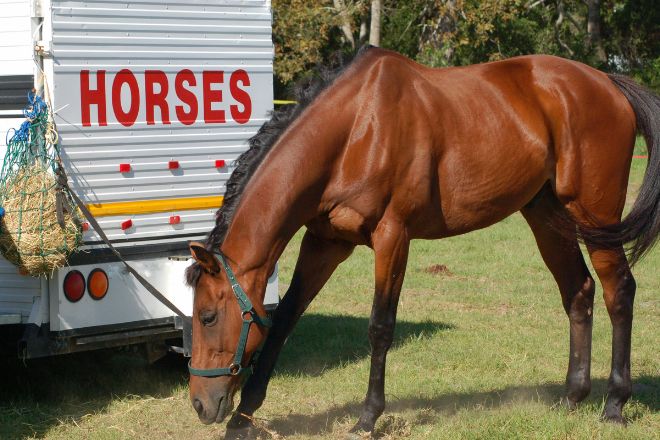
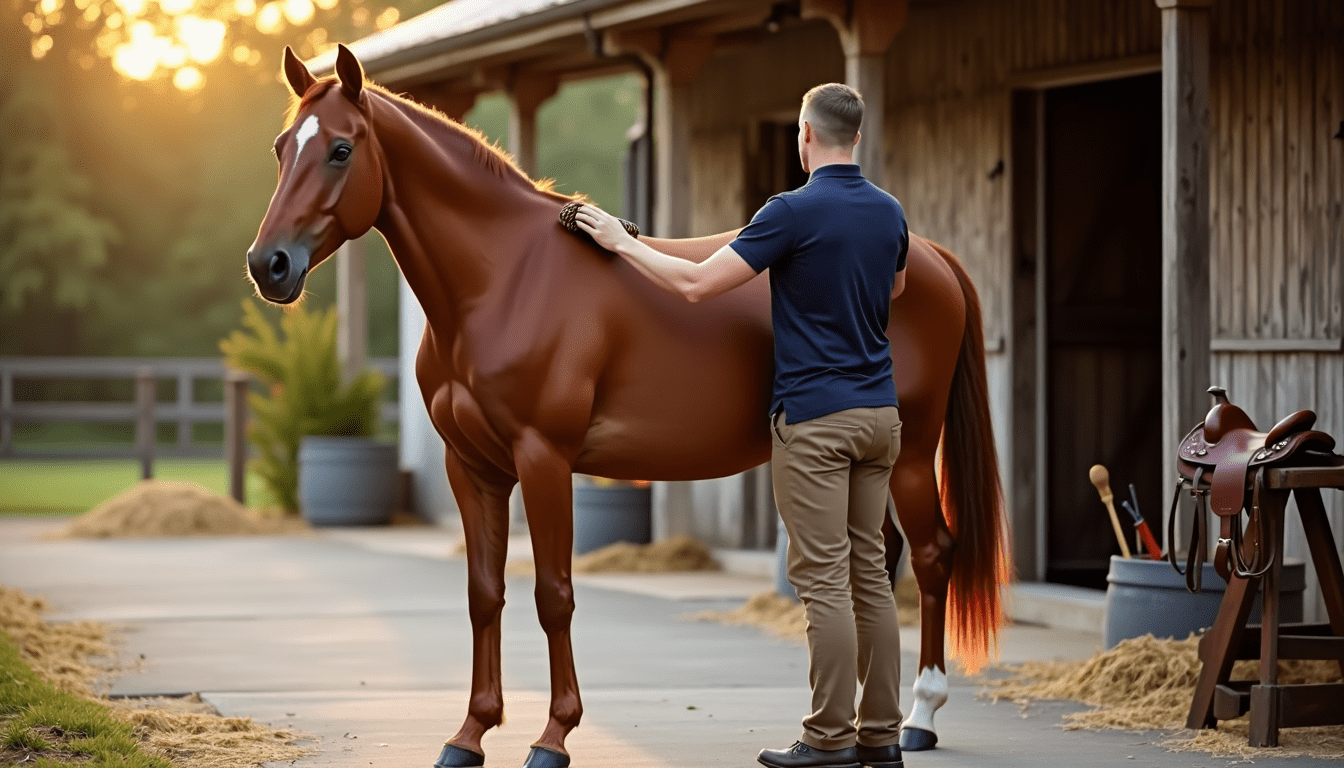
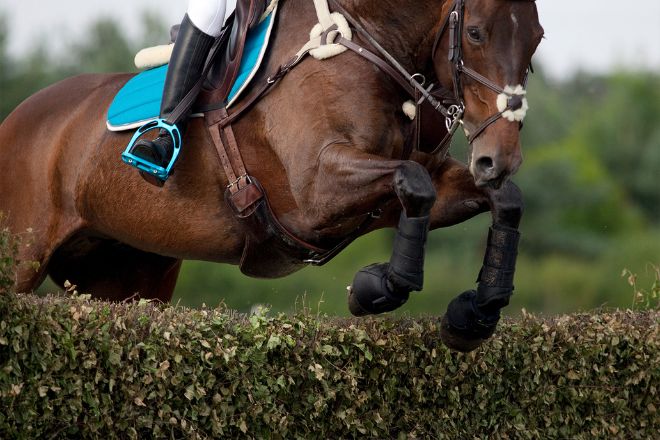
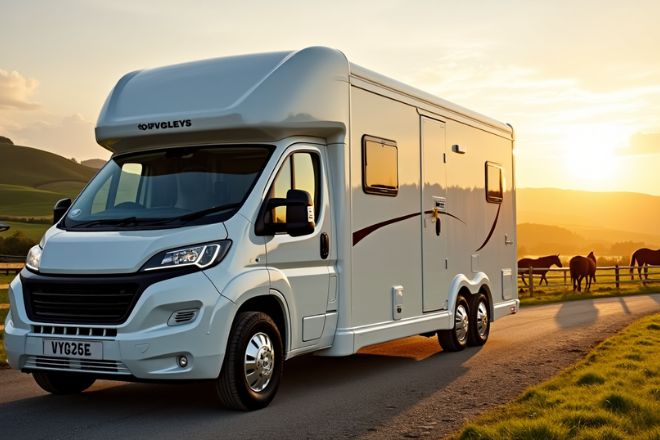

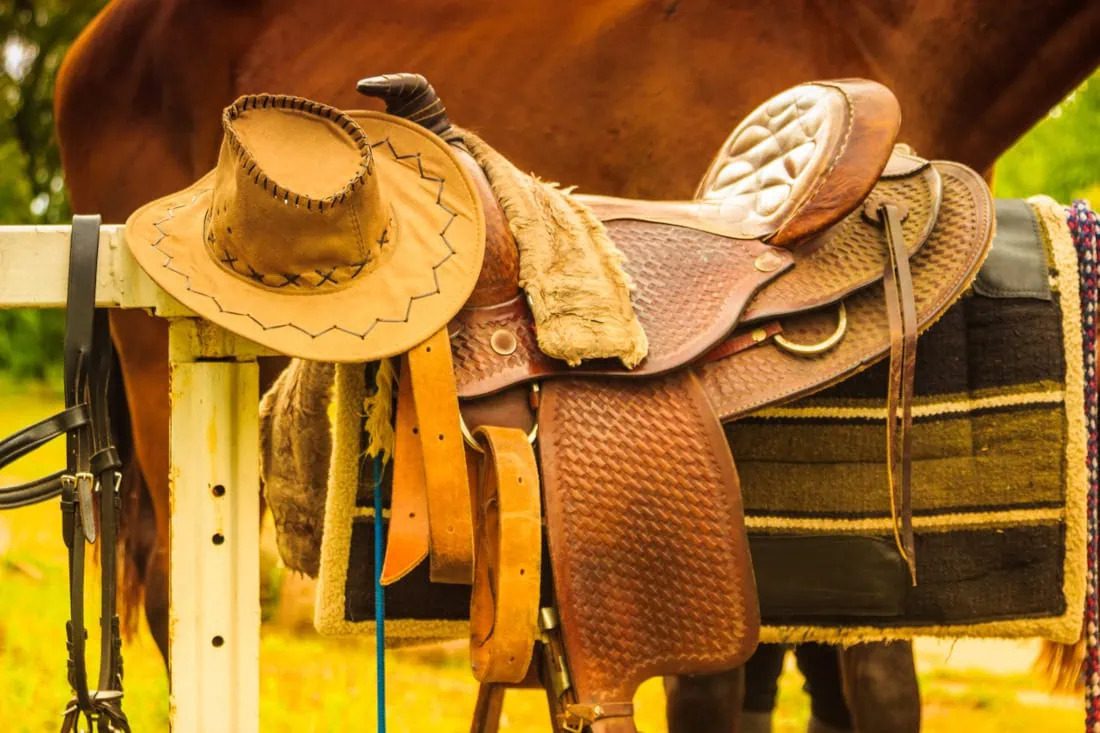
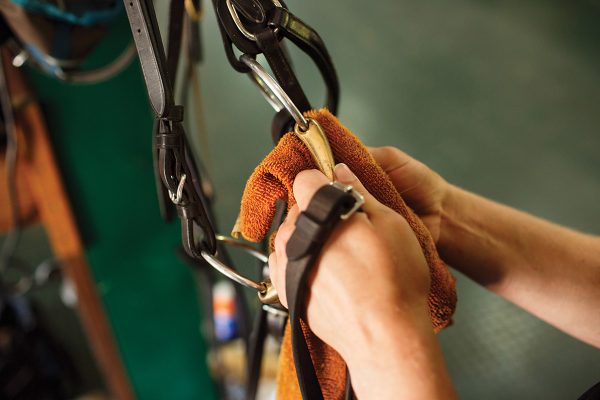

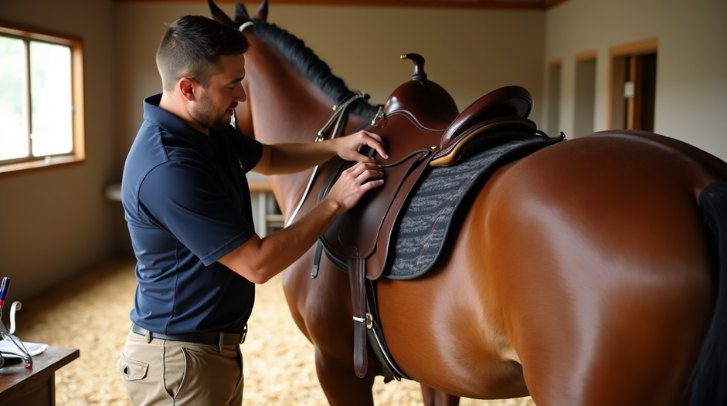
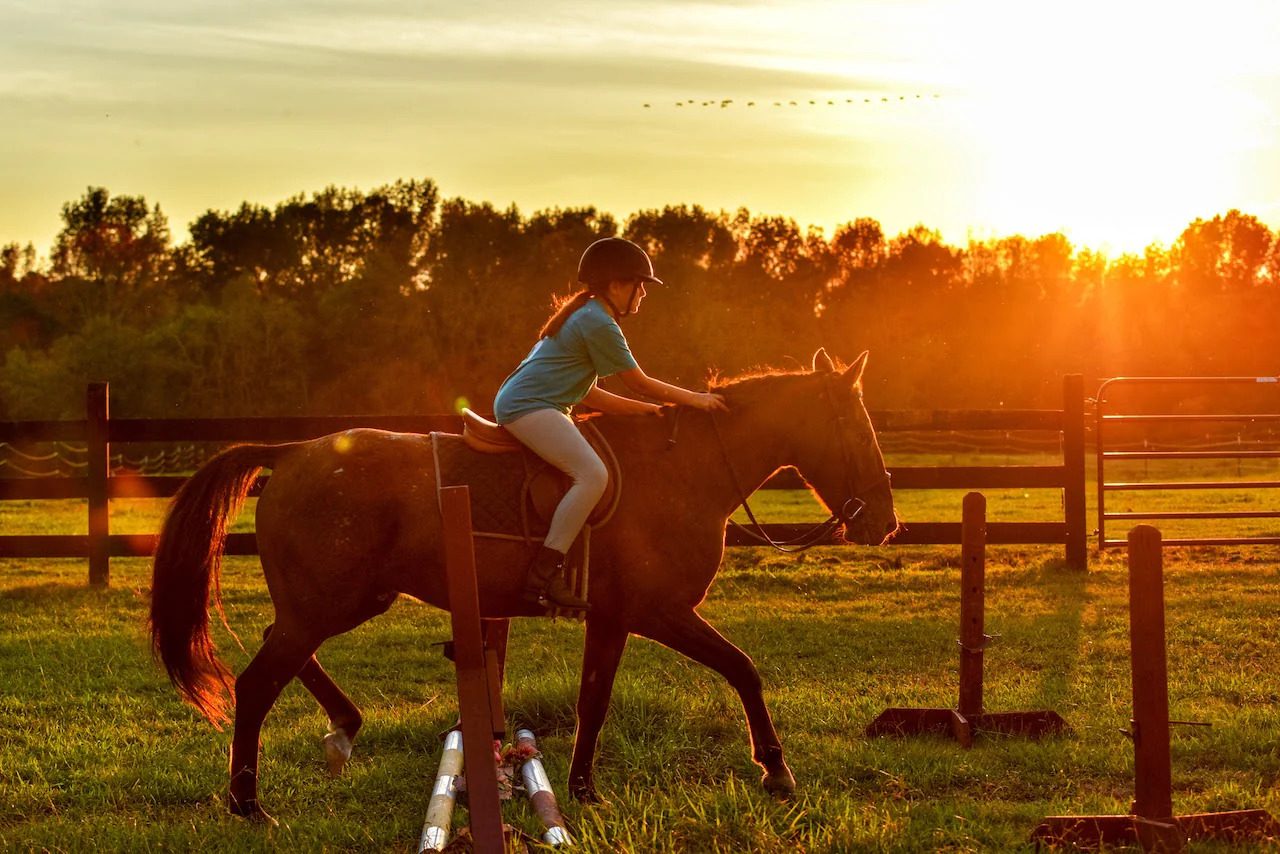

 Featured Listings
Featured Listings
 Adverts
Adverts
 Horses For Sale
Horses For Sale
 Tack & Equipment
Tack & Equipment
 Horseboxes & Trailers
Horseboxes & Trailers
 Equine Properties
Equine Properties
 4x4 Vehicles
4x4 Vehicles
 Horses For Loan
Horses For Loan
 Horses Wanted
Horses Wanted
 Stallions at Stud
Stallions at Stud
 Equine Services
Equine Services
 Riding Holidays
Riding Holidays
